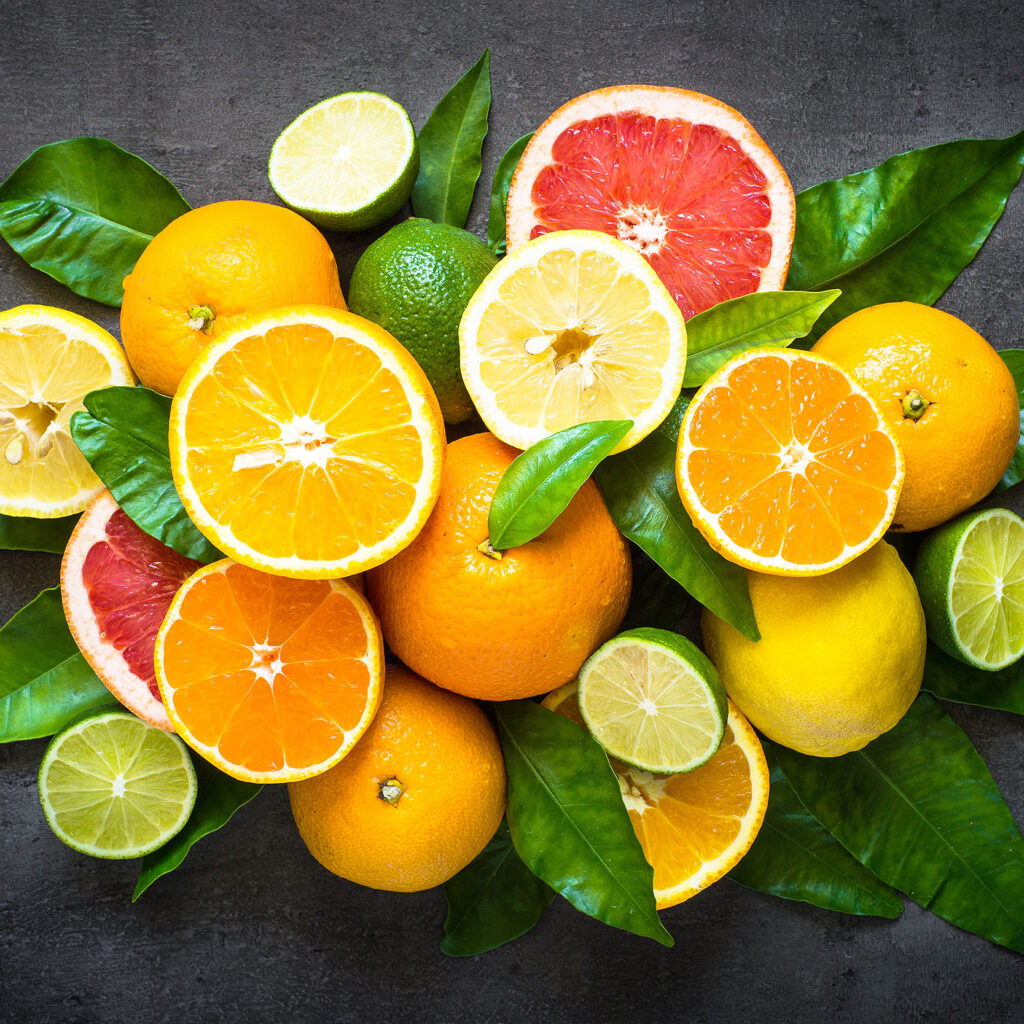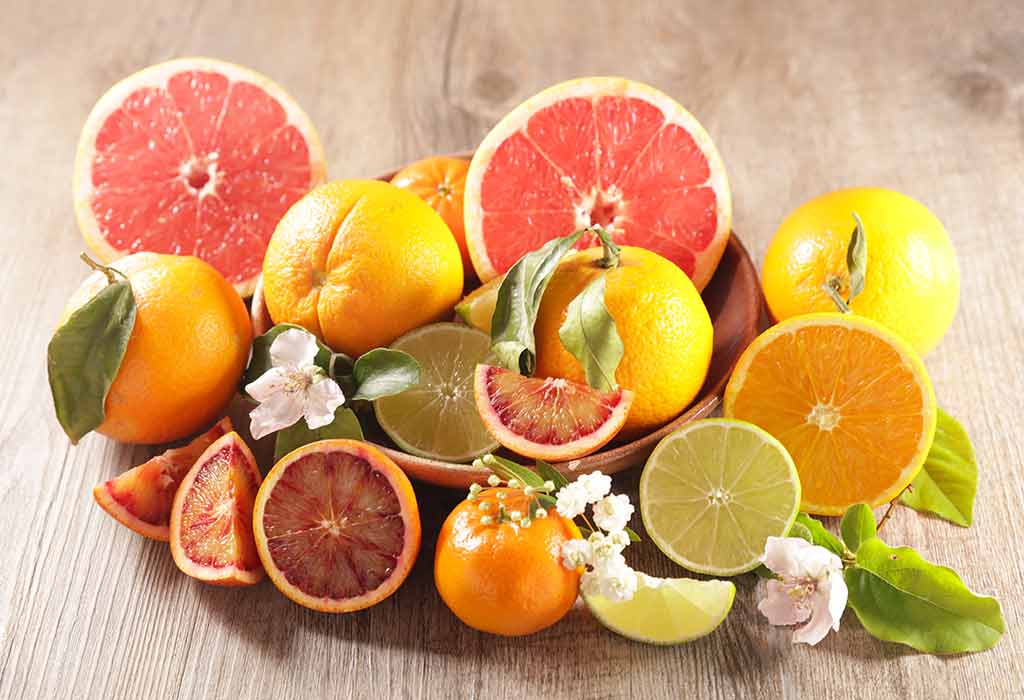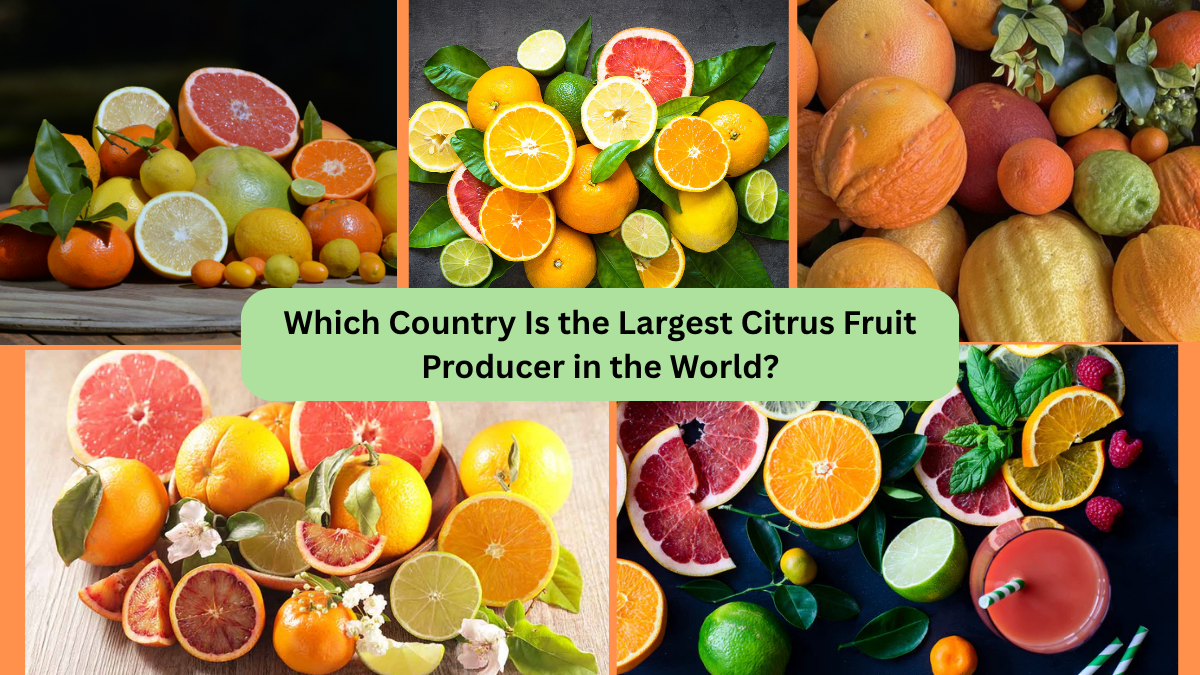Citrus fruits — juicy, tangy, and refreshingly sweet — are among the most loved and widely cultivated fruits across the globe. From oranges and lemons to mandarins, grapefruits, and limes, citrus fruits are not only enjoyed for their flavors but also for their impressive health benefits, culinary versatility, and industrial uses. But when it comes to producing these vitamin-packed fruits on a massive scale, which country reigns supreme? Let’s explore the fascinating world of citrus farming and uncover which nation holds the title of the largest citrus fruit producer in the world.
The Global Importance of Citrus Fruits

Citrus fruits play a vital role in global agriculture and trade. Valued for their:
- High vitamin C content
- Rich antioxidants
- Distinct flavors and aromas
- Essential oils for cosmetic and pharmaceutical uses
They’re also staples in the food and beverage industries, appearing in:
- Juices
- Desserts
- Marinades
- Salads
- Cocktails
Citrus fruits grow best in warm, subtropical to tropical climates, making them a significant agricultural product in numerous countries.
What Fruits Are Considered Citrus?
The citrus family includes:
- Oranges
- Lemons
- Limes
- Mandarins (tangerines, clementines, satsumas)
- Grapefruits
- Pomelos
- Bitter oranges
- Citron
These fruits are produced in large quantities for both fresh consumption and juice processing.
China: The Largest Citrus Fruit Producer in the World

When it comes to citrus production, China stands as the global leader. With its vast farmlands, favorable climate, and rapidly modernizing agricultural infrastructure, China produces more citrus fruits than any other country in the world.
Production Statistics
According to the Food and Agriculture Organization (FAO) of the United Nations, China produces over 47 million metric tons of citrus fruits annually. This accounts for nearly one-fourth of the world’s total citrus production.
The country grows a diverse variety of citrus fruits, including:
- Oranges
- Mandarins
- Lemons
- Limes
- Grapefruits
- Pomelos
Among these, mandarins and tangerines are especially popular in China and dominate the domestic and export markets.
Why Is China So Dominant in Citrus Production?
Several factors contribute to China’s leadership in citrus farming:
Vast and Fertile Farmland
China boasts extensive agricultural lands across provinces like Guangdong, Guangxi, Hunan, Jiangxi, and Sichuan, where subtropical and tropical climates create ideal conditions for growing citrus.
Rising Domestic Demand
With a population of over 1.4 billion, domestic demand for fresh citrus fruits and juices has skyrocketed, fueling expanded cultivation.
Modern Agricultural Techniques
China has rapidly modernized its farming practices, incorporating:
- High-yield citrus varieties
- Efficient irrigation systems
- Improved pest control and disease management
- Investment in large-scale fruit processing plants
Growing Export Market
While most of China’s citrus production caters to domestic demand, its exports, especially of mandarins and pomelos, have gained popularity in Southeast Asia, Russia, Europe, and the Middle East.
Brazil: The Citrus Giant of the Americas

Brazil ranks as the world’s second-largest citrus fruit producer and remains the undisputed leader in orange production, especially for juice processing.
Production Highlights
Brazil produces around 19-20 million metric tons of citrus fruits annually, with São Paulo state contributing over 70% of Brazil’s oranges. The country’s climate and soil conditions are particularly favorable for citrus farming.
Orange juice is one of Brazil’s top export products, with the nation responsible for over 60% of global orange juice exports. Major companies like Cutrale, Citrosuco, and Louis Dreyfus Company (LDC Juice) drive Brazil’s citrus processing industry.
India: A Rapidly Rising Citrus Producer
India holds the third spot in global citrus production, growing about 13-14 million metric tons annually. India produces:
- Sweet oranges (Mosambi)
- Mandarins (Nagpur orange)
- Limes (Kagzi lime)
Citrus fruits in India are largely consumed fresh, although juice production and exports are growing steadily. Major producing states include Maharashtra, Andhra Pradesh, Punjab, Madhya Pradesh, and Rajasthan.
Other Notable Citrus-Producing Countries

Several other nations play significant roles in global citrus fruit production:
United States
Especially Florida and California, which are renowned for:
- Oranges
- Lemons
- Grapefruits
Despite recent challenges like citrus greening disease, the U.S. remains one of the top citrus producers globally.
Mexico
A leading producer of:
- Oranges
- Limes
- Lemons
Mexico is a key supplier of citrus fruits to the U.S. and Canada.
Spain
The largest citrus producer in Europe, specializing in:
- Oranges
- Clementines
- Lemons
Spanish citrus is highly valued in European markets for its flavor and quality.
Egypt and Turkey
Both countries have emerged as significant citrus exporters, especially in the Mediterranean and Middle Eastern regions.
The Global Citrus Market: Growth and Trends
The global citrus industry is evolving, driven by:
- Rising demand for fresh and processed citrus products
- Increasing consumer awareness of health benefits
- Expanded markets in Asia-Pacific and the Middle East
Health and Wellness Trend
Citrus fruits, known for their immune-boosting vitamin C, are increasingly sought after in health-conscious diets, particularly post-pandemic.
Juice and Beverage Industry
Citrus juices (especially orange, lime, and lemon) remain staples in the global beverage market, with rising demand for low-sugar and organic juice options.
Sustainability Initiatives
Citrus producers are adopting:
- Water-efficient farming
- Biodegradable packaging
- Eco-friendly waste management systems
to meet growing environmental concerns.
Challenges Facing the Citrus Industry

Despite its growth, the citrus sector faces several hurdles:
Citrus Greening Disease (Huanglongbing)
A bacterial disease affecting citrus trees worldwide, causing:
- Deformed, bitter fruits
- Reduced yields
- Tree dieback
Notably devastating in Florida, Brazil, and parts of China.
Market Volatility
Weather changes, trade disputes, and shifting consumer preferences contribute to price fluctuations and production challenges.
Rising Production Costs
Labor, irrigation, fertilizers, and pest control expenses continue to rise, impacting profitability, particularly for small and medium farmers.
The Future of Citrus Fruit Production
The future looks promising for citrus producers, with expanding demand for:
- Fresh citrus in emerging economies
- Functional and health-focused citrus beverages
- Value-added products like essential oils, peels, and dietary supplements
China is expected to retain its leading position, with Brazil, India, and Spain continuing to play significant roles. Innovations in disease management, eco-friendly farming, and post-harvest processing will shape the next phase of growth.
Final Thoughts
So, which country is the largest citrus fruit producer in the world? The clear answer is China. With its vast orchards, diverse citrus varieties, and booming domestic market, China dominates global citrus production by a wide margin.
Brazil and India, along with the U.S., Mexico, and Spain, remain vital contributors to the citrus industry, ensuring that this vibrant, flavorful family of fruits continues to brighten tables and energize consumers worldwide.
As global tastes evolve and health trends rise, the citrus fruit industry is poised for exciting innovations and steady growth in the years to come.





